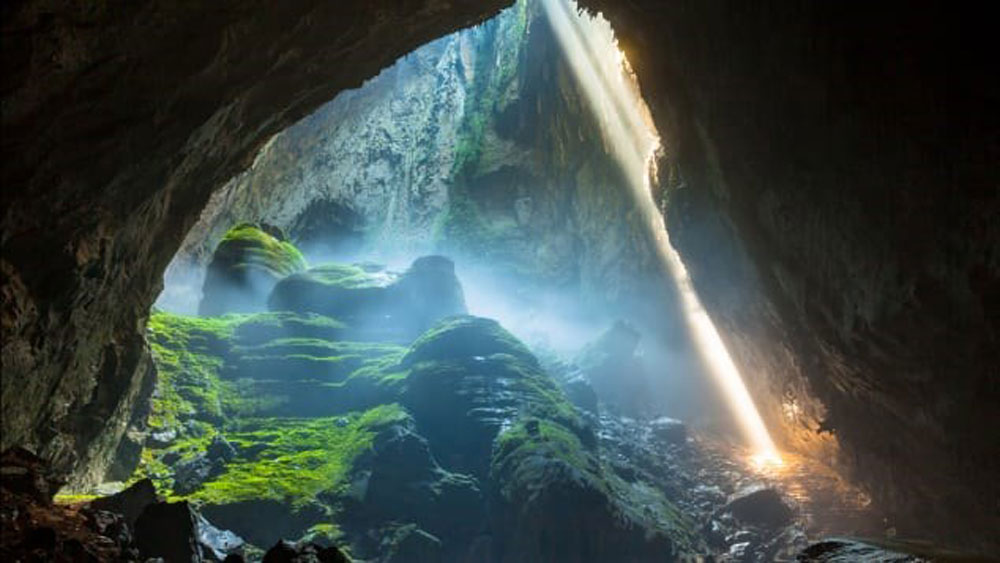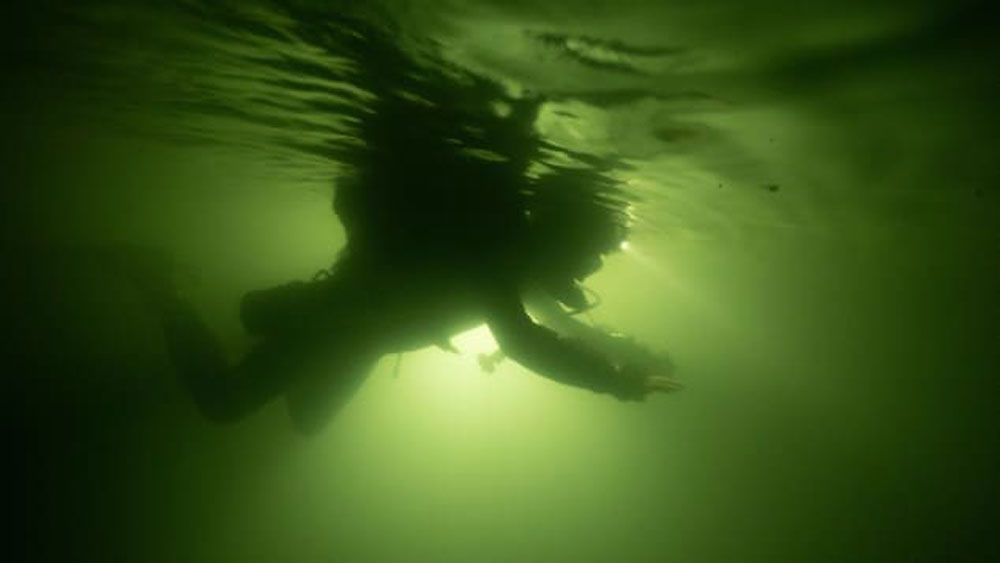CNN: world’s largest cave in Vietnam discovered to be even bigger
Last month, a trio of British divers ventured to the world natural heritage site of Phong Nha-Ke Bang National Park in Quang Binh to explore the cave’s waterways.
During the groundbreaking dive, they discovered a new underwater tunnel that connects Son Doong (meaning “Mountain River Cave”) with another enormous cave called Hang Thung.
 |
|
Son Doong cave is one of the world’s most precious natural wonders. |
Son Doong currently measures a total of 38.5 million cu.m. When it’s officially connected with Thung Cave, it will add an additional 1.6 million cu.m in volume.
Oxalis, the only company licensed to bring travellers into Son Doong Cave, invited the British divers who aided in the rescue of the trapped football team in Thailand in 2018 to visit the cave following the rescue expedition.
Limbert said the Oxalis team already knew that the water from Son Doong joined Thung Cave, through dye-testing, but no human has ever gone into these subterranean rivers.
The team wasn’t expecting the tunnels to be so deep, because the other caves in the area are quite shallow.
The divers plan to return again in April next year, which is the best time of year to dive, as water levels are relatively low and visibility is better than usual.
 |
|
During the mission, divers were able to reach a depth of about 78 meters while diving on air (oxygen and nitrogen). |
One of the world’s most precious natural wonders, Son Doong was inadvertently discovered by Vietnamese resident Ho Khanh in 1990.
“Khanh spent many, many years trying to rediscover the mouth of this cave and, finally, in 2009, he led us there. We realised right away that it was major.”
After the BCRA explored and measured the cave, they proclaimed it the largest in the world in 2010 – so big that a New York City block with 40-storey skyscrapers could be fit inside it, according to Oxalis’s estimations.
Within the immense limestone cavern, there are various microclimates and diverse scenery, including two jungles where sunlight streams in.
“So far we’ve only explored about 30 percent of Phong Nha-Ke Bang National Park, so there’s a lot more to be discovered,” said Limbert.
Source: VNA
 Bắc giang
Bắc giang















Reader's comments (0)